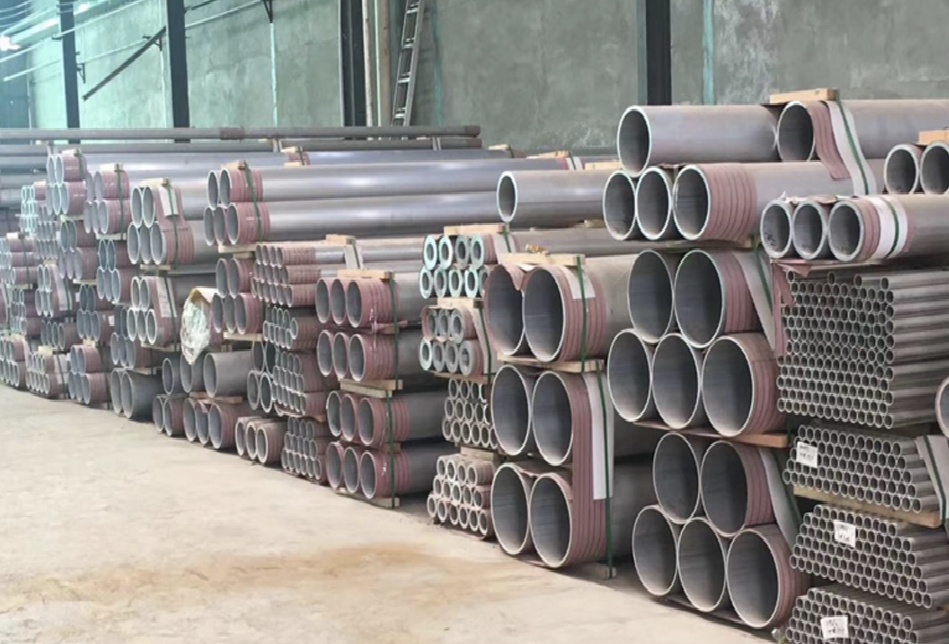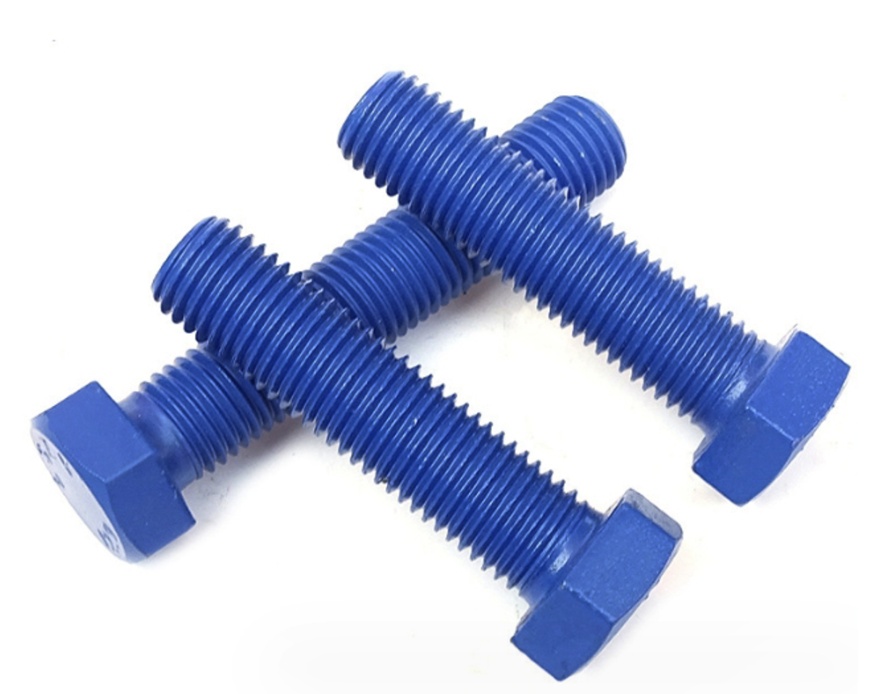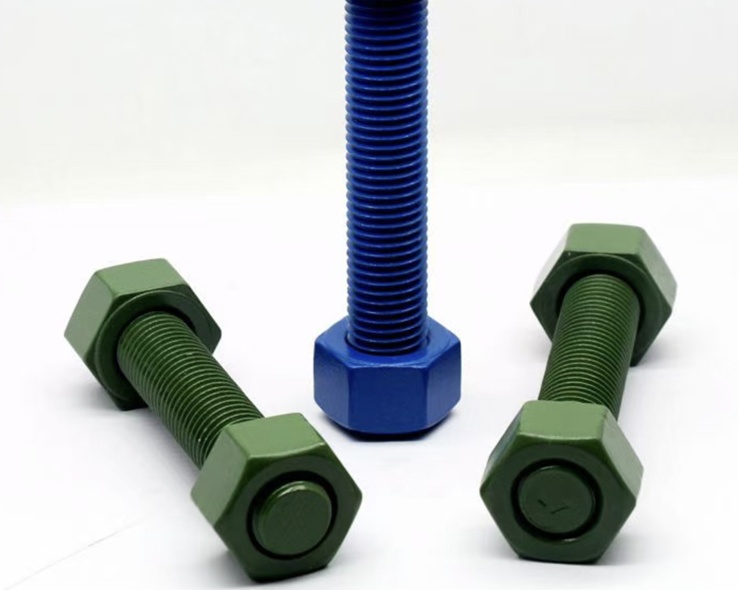Introduction of 6061 and 6063
Aluminum 6061 and 6063 are both 6XXX Series Aluminum,They are both popular alloys used in extrusions for a variety of architectural, machinery, equipment, and consumer products. 6061 aluminum and Alloy 6063 are similar in composition and mechanical properties. Their magnesium content provides increased strength, and silicon reduces their melting temperature.
However,they are not the same grade, In this page,you would find the difference between Aluminum 6061 and 6063 in Composition ,property and applications.
Compostion Difference of Aluminum 6061 and 6063
| W% | Aluminum:Remainder | |||||||
| Si | Fe | Cu | Mn | Mg | Zn | Ti | Cr | |
| 6061 | 0.4-0.8 | 0.7 | 0.15-0.4 | 0.15 | 0.8-1.2 | 0.25 | 0.15 | 0.04-0.35 |
| 6063 | 0.2-0.6 | 0.35 | 0.1 | 0.1 | 0.45-0.9 | 0.1 | 0.1 | 0.1 |
Series 6 aluminum alloys are medium-strength, heat-treatable strengthened alloys. Magnesium has a significant effect on strengthening aluminum alloys, and zinc and copper also have obvious strengthening effects on aluminum alloys.
As can be seen from the table above, 6061 has more alloying element content than 6063. From the content of magnesium and silicon, about 6061 is 30~50% more than 6063, and the most direct impact is that the strengthening effect of 6061 is greater than that of 6063.
Machanical property Difference of Aluminum 6061 and 6063
| Aluminum Alloy | Tensile(MPa) | Tensile(MPa) | hardness(HB) |
| 6061-T6 | 310 | 275 | 95 |
| 6063-T5 | 185 | 145 | 60 |
| 6063-T6 | 230 | 180 | 70 |
We can see from the chemical composition that the trace element content of 6061 is higher than that of 6063. As a series 6 alloy with magnesium and silicon as the main elements, Mg and Si constitute the strengthening phase Mg2Si, the higher the content of magnesium and silicon, the more Mg2Si will be, and the greater the strengthening effect of heat treatment.
Conversely, the higher the tensile strength, the greater the deformation resistance, so the plasticity of the alloy decreases.
Therefore, according to the design value of tensile strength, the magnesium and silicon content of T5 profile is appropriately adjusted to reduce the tensile strength to obtain better plasticity, especially in profiles with complex cross-sections.
plasticity Comparsion
6061-T6 is used where a certain strength and hardness are required.
6063 is a representative alloy for extrusion, and it has good extrusion.
In particular, 6063-T5 has excellent thermoplasticity, and can be extruded into various profiles with complex structures (such as thin-walled, hollow) or forged into forgings with complex structures at high speed, with a wide range of quenching temperatures, low quenching sensitivity, and after extrusion and forging demoulding, as long as the temperature is higher than the quenching temperature. It can be quenched by spraying water or penetrating water.
Other comparisons
Surface treatment: 6061 and 6063 have good oxidation properties. The surface adhesion of 6063 aluminum alloy is slightly higher than that of 6061 aluminum plate, so the oxidation ability is extremely strong.
Machinability: Overall is very good, 6061 is better.
Corrosion resistance: Both are Generally good, 6063 slightly better.
Weldability: Both can be welded, 6063 is slightly better.
Price: The price of the two is alsmost the same
How to Choose the right material for your project (6061 or 6063?)
The Advantange of the 6061 is in strength, while 6063 is in the shape of the extrusion;
The most suitable product can be selected according to its performance characteristics.
6061-T6 is used where a certain strength and hardness are required. The main forms are generally plates, bars, and profiles with uncomplicated cross-sections. 6063-T6 is used in applications where strength is not so high
| Alloy Type | Typical Applications |
|---|---|
| 6061 | Aerospace structural components, truck frames, ship decks, high – precision molds, automation machinery parts (requiring high strength and impact resistance). |
| 6063 | Building doors and windows/curtain wall profiles, rail transit interiors, decorative frames, irrigation pipes (requiring high plasticity, easy extrusion molding, and good surface appearance). |
Conclusion
In sum, while they may be quite similar composition-wise, the applications of these alloys can vary widely.
Due to its superior strength, most professionals favor Aluminum 6061 for structural applications and construction projects that require high-strength aluminum extrusions with a lower melting temperature, lower thermal conductivity and lower heat capacity.
Aluminum 6061-T6 has a higher yield strength and fatigue strength when compared to Aluminum 6063-T6. It has good extrudability, machinability and weldability along with good corrosion resistance – although it’s less resistant than Aluminum 6063.
For projects that require an extrudable aluminum alloy with superior corrosion resistance, good surface quality and easily anodized, choose Aluminum 6063.


